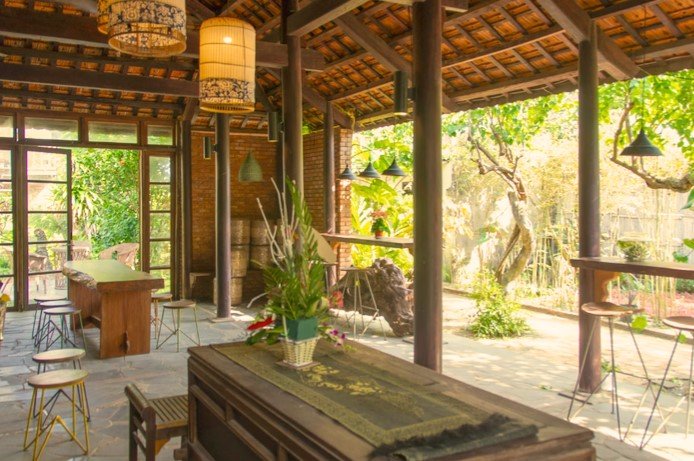A Beginner’s Guide to Selecting Indoor Pottery
You have just moved in a pretty new houseplant, which requires a warm and comfy potter. However, it gets complicated what with such an extensive range of different materials, forms, dimensions and drainage mechanisms available to you, how do you make the right selection? The major thing that comes to mind is the style which addresses issues such as the finishes, colors, and whether you like a modern, classic, or whimsical design. However, there are some practical factors to be taken care of as well.
Let’s trek through how to get the right sized pot for your greenery that not only promotes your plant’s overall health but also the beauty of your space.
Material
That’s why the indoor pottery choice of materials is varied, such as a ceramic, terra cotta, wood, porcelain, glazed clay, fiberclay, cement, plastic, and even glass. The main criteria to consider here will be your personal style, in addition to the plants related issues. Pick up heavier materials such as terra cotta, glazed clay, and so on for the tallest standing plants as lighter ones may tip over. The fiberclay or plastic are great choices for the lightweight units. If you usually overwater, terra cotton can be a good choice to speed up the drying rate of the soil.
On the other hand, glazed clay or plastic containers may retain the moisture efficiently, unless you tend to underwater.
Drainage Hole
Besides planting is a business that is another key decision we should make. If you want to take your plant directly to its new pot, then does transplanting it in staging sound right to you? Growing your plant before transplanting into the beautiful pot is the best way to ensure its development and avoid algae-formation and suffocation on the medium. The arrangement of pots is easy to handle, has the least effect of the water on the plant’s roots, which is especially important for pots without proper drainage. Therefore, accomplish this by retrieving the plant from watering spot and restoring its place when the activity is complete.
Putting a plant into the pot without perforation points is allowable but should be followed precisely with a watering methodology to avoid overwatering problems. There are some plants that may get killed if watered excessively like for instance, a cactus.
Therefore, if you’re fairly unsure staging or choosing a container with drainage hole is really ideal.
Size + Shape
If replanting or staging, pick a size that is similar to the grow-pot to ensure that your plant will recover in the best shape and the visual balance will be proportional. Choose a new pot one-to two-inch’s larger only, if you are planting directly , for watering well without flooding . But, the plant should not look disappointing or overwhelmed. Spiny pots are a go for plants with barely visible root systems like cacti, succulents, and pothos. There are different varieties of indoor pots for your home, such as the small and medium ones that are great for tabletops, windowsills, and mantels but the tall plants would need bigger ones that will not make them topple.
Saucer: Attached or Not?
Of course, when saucer is not in use, for instance, when a pot with a drainage hole is being used, a saucer becomes an important instrument in preventing moisture damage on the surface. Saucers are available in 2-piece or 4-piece sets and can come with indented or flat lids. Some pots with a saucer can be taken apart for water drainage; others require the tilt of the whole potted plant or the watering can. Is the saucer you are getting able to hold a lot of water or not? With the latter, you have to be extra careful that your saucer does not get full and overflow which can lead to a possible accident.










